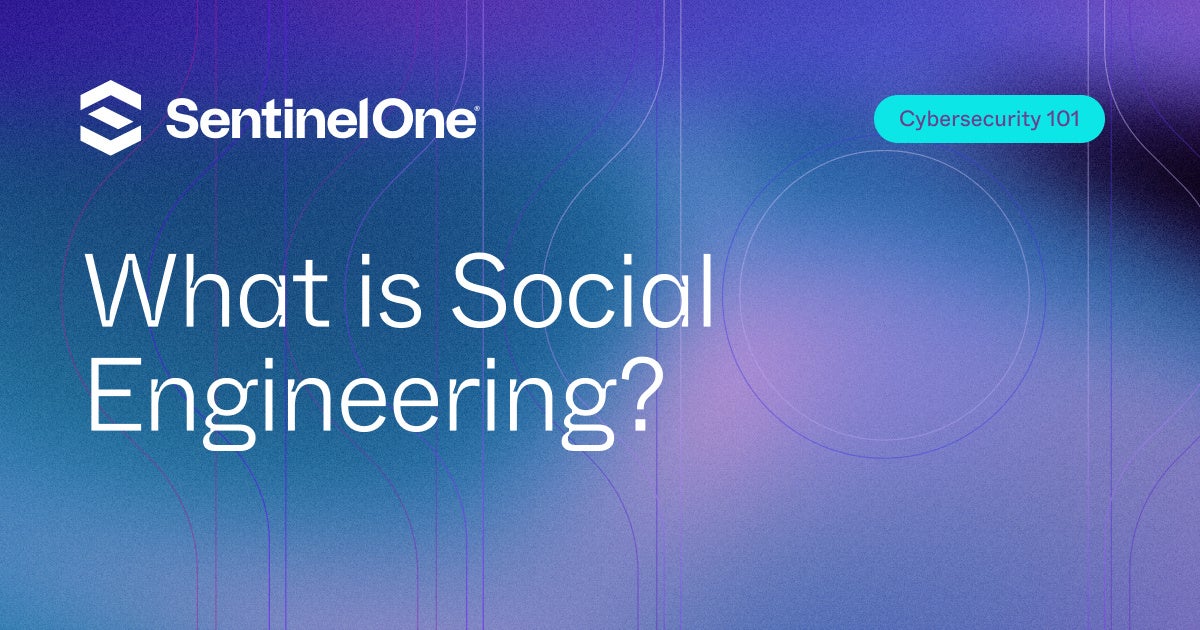Social engineering involves manipulating individuals to gain confidential information. This guide explores the tactics used in social engineering attacks and their security implications.
Learn about effective prevention strategies, including employee training and awareness. Understanding social engineering is essential for organizations to protect sensitive information and maintain security.

A Brief Overview of Social Engineering
Social engineering, a concept as old as human interaction itself, has evolved into an ever-present threat within the modern cybersecurity landscape. This practice centers on manipulating human psychology and exploiting trust to gain unauthorized access, sensitive information, or compromise security. Social engineering became a recognized cybersecurity term in the mid-20th century when early hackers began using psychological manipulation to trick individuals into divulging sensitive information. Over the years, as technology advanced, so did the methods of social engineering.
Today, social engineering is employed through a variety of tactics, including:
- Phishing – Attackers use fraudulent emails, messages, or websites that mimic legitimate sources to deceive recipients into providing personal information, such as login credentials, credit card details, or even Social Security numbers.
- Pretexting – Impersonating someone trusted, like a coworker or a bank representative, to elicit information. This method is often used for gaining access to confidential data or facilities.
- Baiting – Offering something enticing, like a free download or coupon, that, when accessed, installs malicious software on the victim’s device or lures them into revealing sensitive information.
Understanding How Social Engineering Works
Social engineers typically start by gathering information about their target. This can be done through open-source intelligence gathering (OSINT), which involves scouring social media, websites, and public records to learn about the target’s habits, interests, connections, and routines. In a corporate context, attackers may also research the target organization to identify potential vulnerabilities or points of entry.
One of the most common and effective forms of social engineering is phishing. Phishing emails are crafted to appear legitimate, often mimicking trusted entities such as banks, e-commerce sites, or even colleagues. These emails contain malicious links or attachments that, when clicked, can install malware on the victim’s device or direct them to a fake website where they are prompted to enter sensitive information like usernames and passwords. Technical details in phishing attacks involve the creation of convincing email templates and often the registration of convincing-looking domain names.
Pretexting is another social engineering technique in which attackers create a fabricated scenario or pretext to obtain information from the victim. For example, an attacker might impersonate a tech support representative, claiming to need remote access to a computer to resolve an issue. Technical aspects may involve creating a convincing persona, phone calls, and scripts for the interaction.
Social engineers may also impersonate someone in authority or a trusted individual to manipulate victims into providing information or access. This can range from impersonating a manager to request sensitive information from an employee to pretending to be a repair technician to gain physical access to a facility.
The technical aspects of social engineering often revolve around the creation of convincing personas, crafting believable scenarios, developing effective communication skills, and employing a variety of tools and tactics for deception. For instance, attackers may use spoofed email addresses, domain names, and caller IDs to make their communications appear genuine. They may also use malware, social engineering kits, and psychological tricks to increase the effectiveness of their attacks.
How Businesses Can Secure Against Social Engineering
Countermeasures against social engineering involve educating individuals and employees about the risks, teaching them to recognize red flags, and implementing technical solutions like email filtering to detect phishing attempts. Advanced security awareness training is a key defense against social engineering, as it not only familiarizes individuals with the tactics but also helps develop a vigilant and security-conscious mindset.
To secure against the risks associated with social engineering, businesses are adopting several strategies:
- Comprehensive Security Awareness Training – Businesses are increasingly investing in comprehensive security awareness training programs to educate employees about the risks of social engineering and how to identify potential threats. Regular training and simulated phishing exercises help reinforce vigilance and encourage employees to report suspicious activity.
- Multi-Factor Authentication (MFA) – MFA adds an extra layer of security by requiring multiple forms of authentication for access, making it more challenging for attackers to breach accounts. Businesses are implementing MFA for various systems and services to mitigate the risk of stolen credentials through social engineering.
- Email Filtering and Endpoint Security – Advanced email filtering solutions are employed to detect and block phishing emails, reducing the likelihood of malicious attachments and links reaching employees’ inboxes. Endpoint security solutions also help detect and prevent malware infections from email-based attacks.
- Incident Response Plans (IRP) – Developing and practicing an incident response plan is critical to minimizing the impact of a successful social engineering attack. These plans include guidelines for containing the breach, notifying affected parties, and restoring normal operations.
- Regular Software Updates and Patch Management – Keeping software and systems up to date is crucial, as social engineers often exploit known vulnerabilities. Regular updates and patch management reduce potential attack surfaces.
- Vendor & Third-Party Risk Management – Organizations are assessing the security practices of third-party vendors and partners to ensure they do not introduce vulnerabilities that attackers could exploit.
Conclusion
The real-world use cases of social engineering emphasize its far-reaching impact on individuals and businesses. To counter this ever-evolving threat, companies are fostering a culture of security awareness, implementing multi-layered security measures, and continuously adapting their strategies to mitigate the risks posed by social engineering. The battle against social engineering demands a combination of technology, education, and vigilance to effectively protect sensitive data and maintain trust in the digital world.